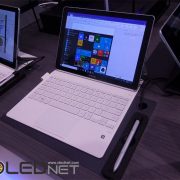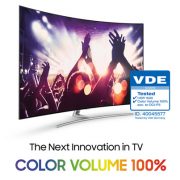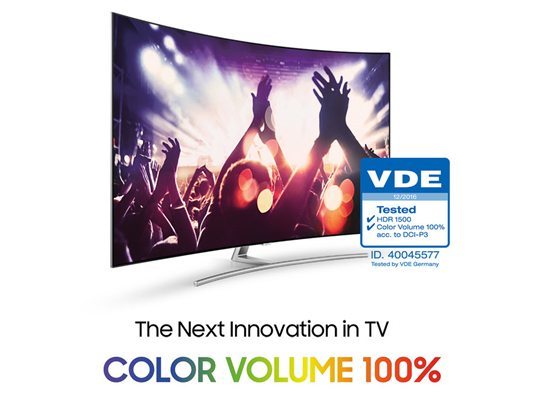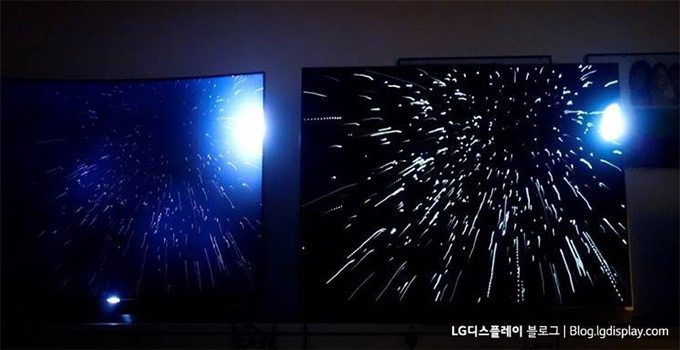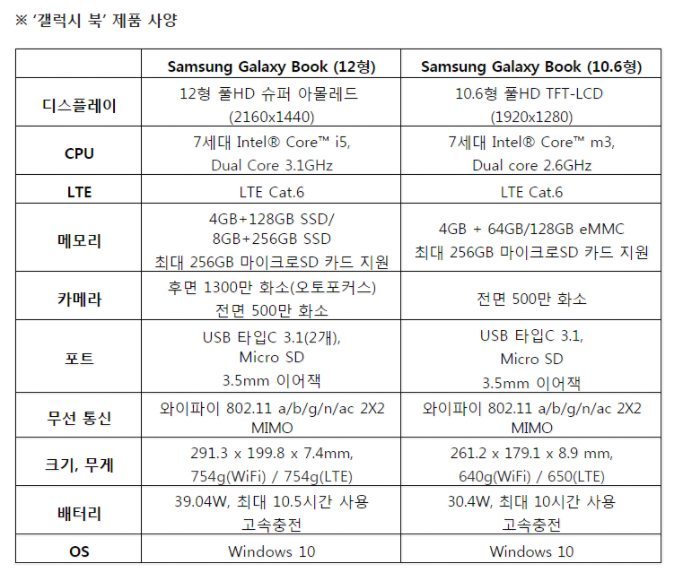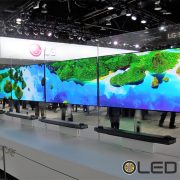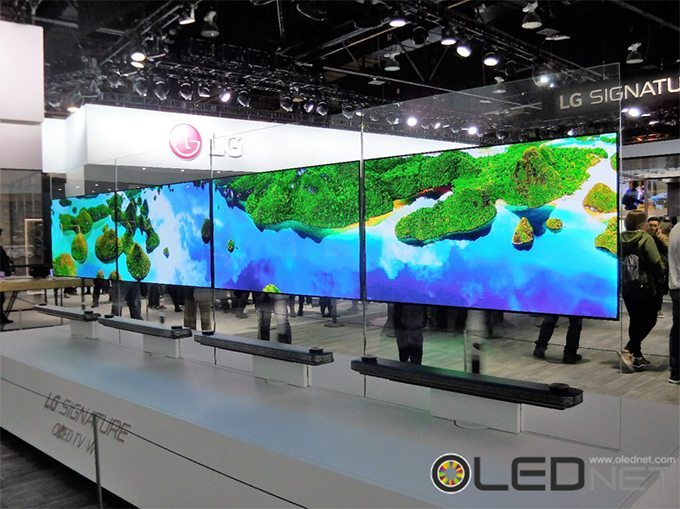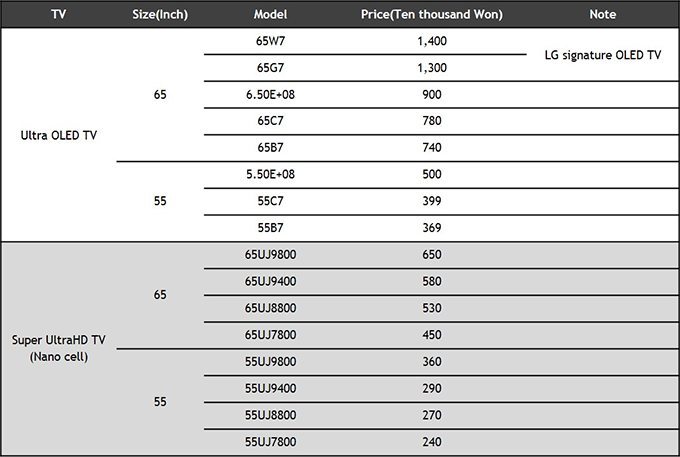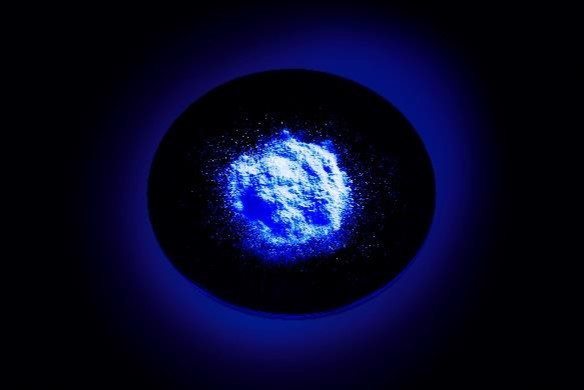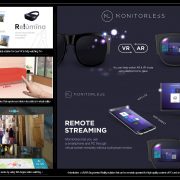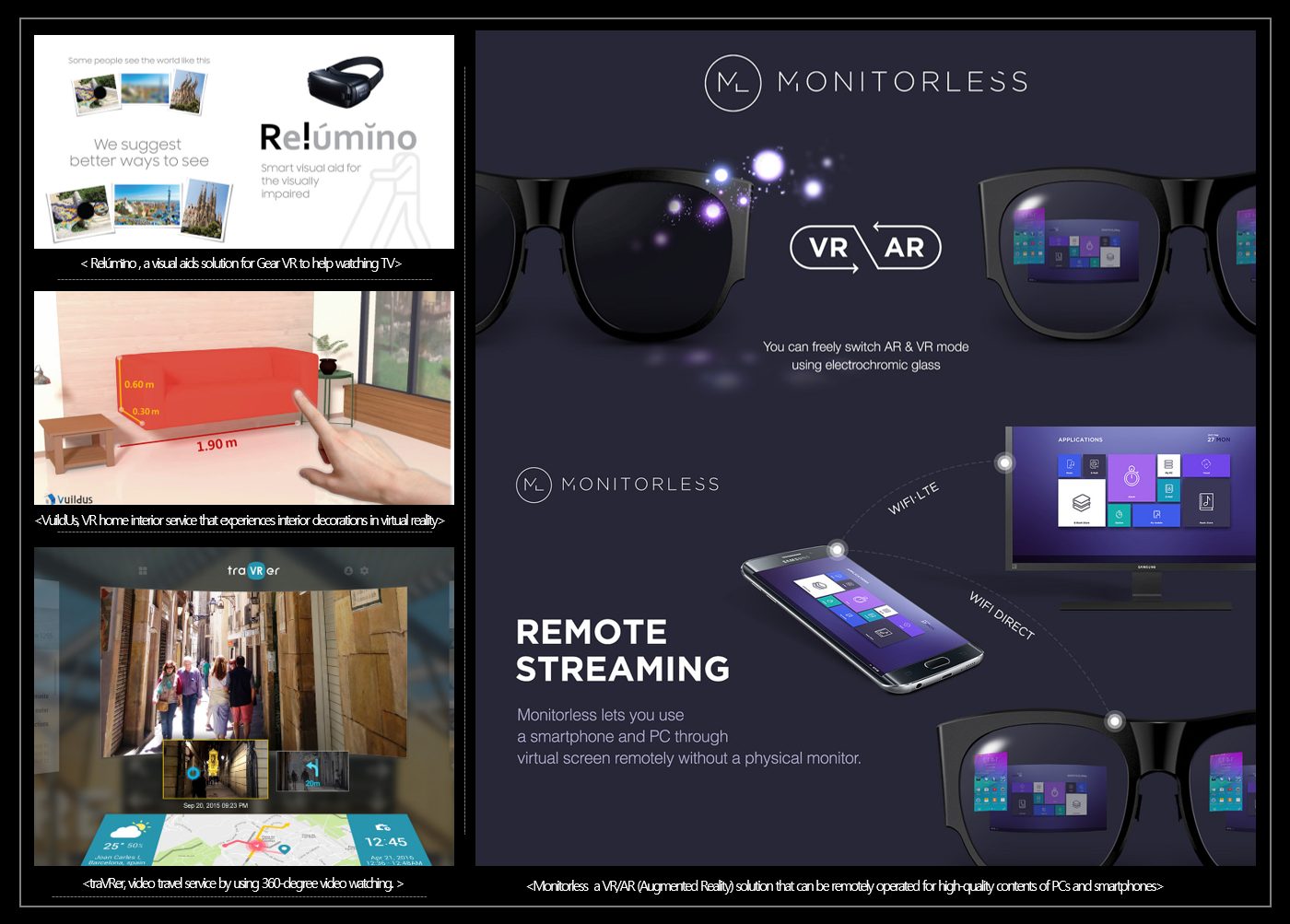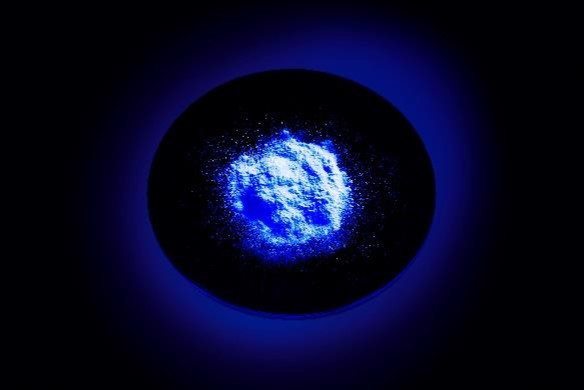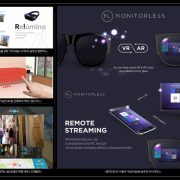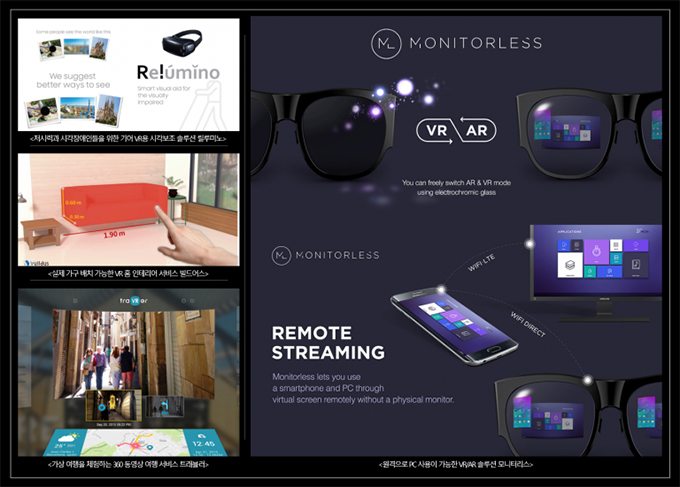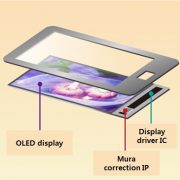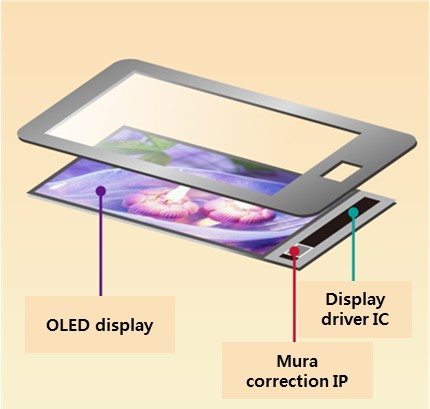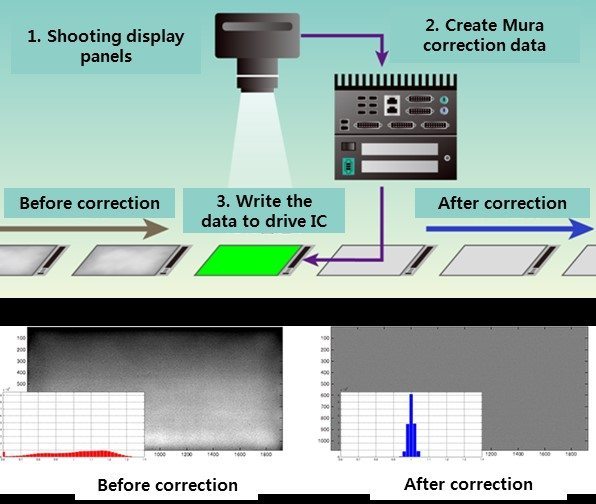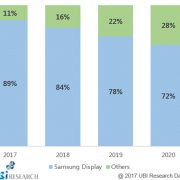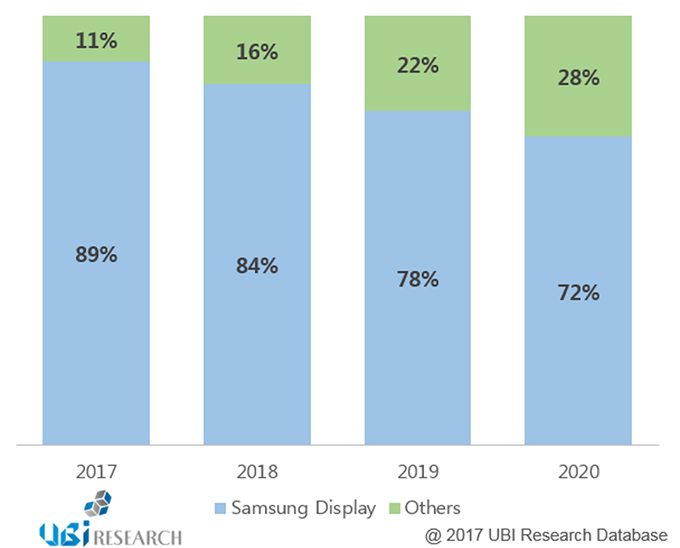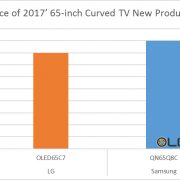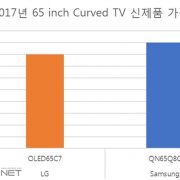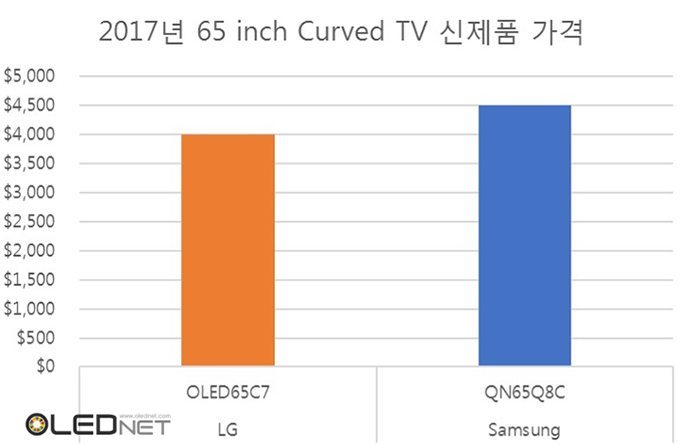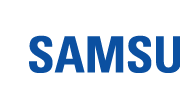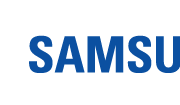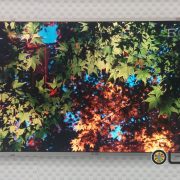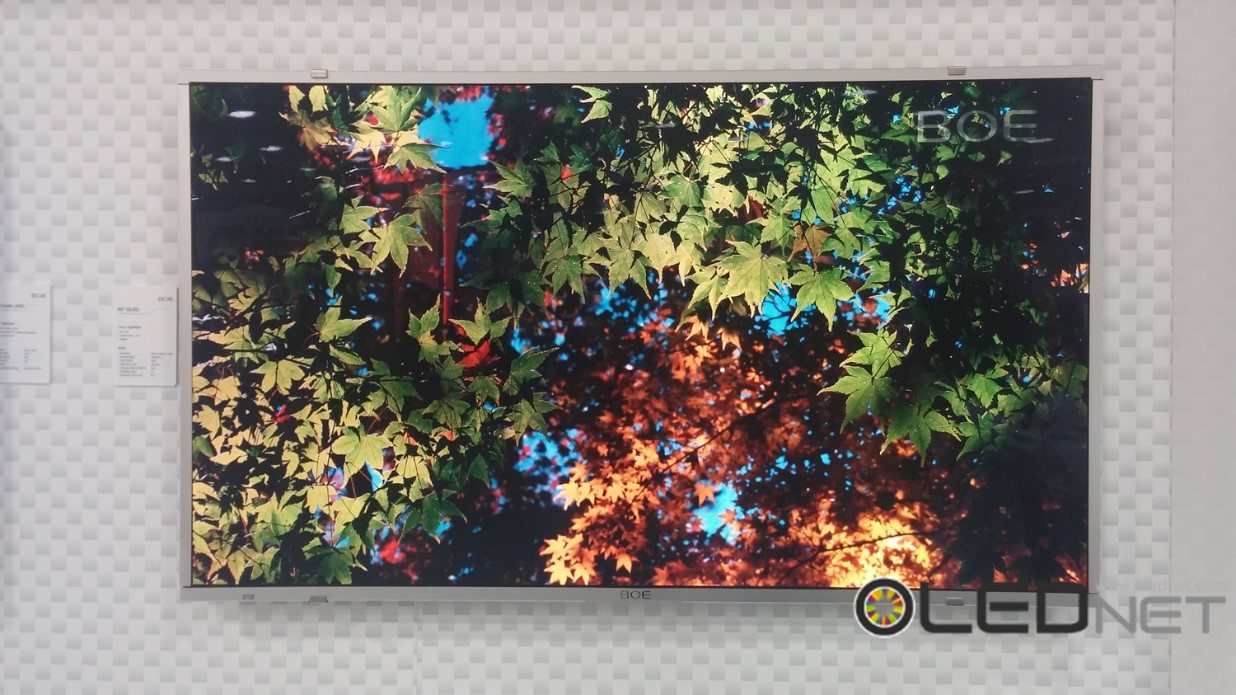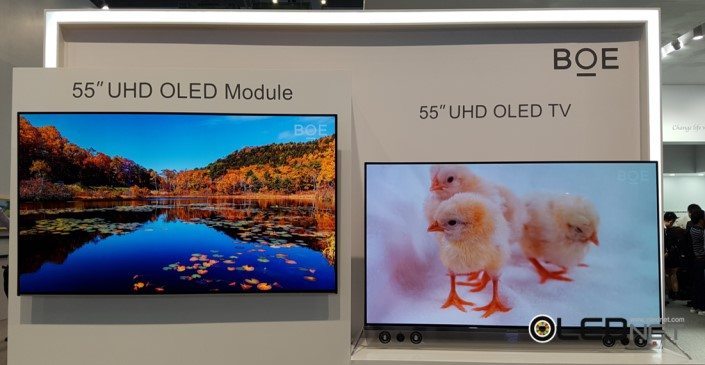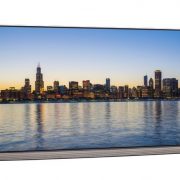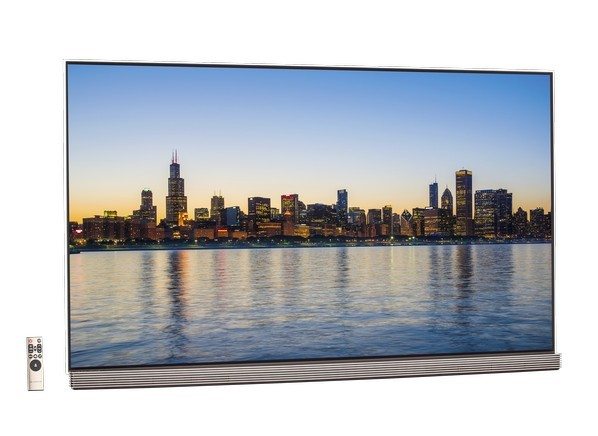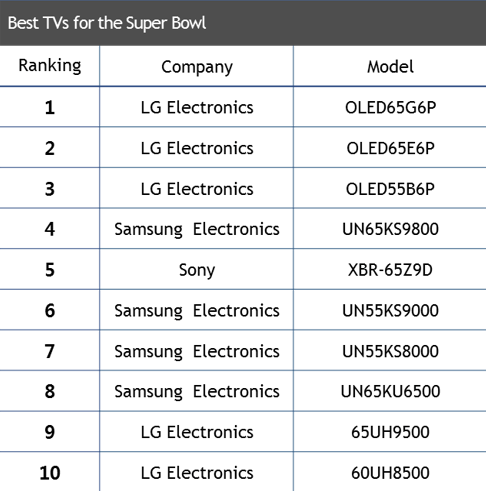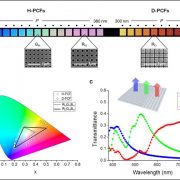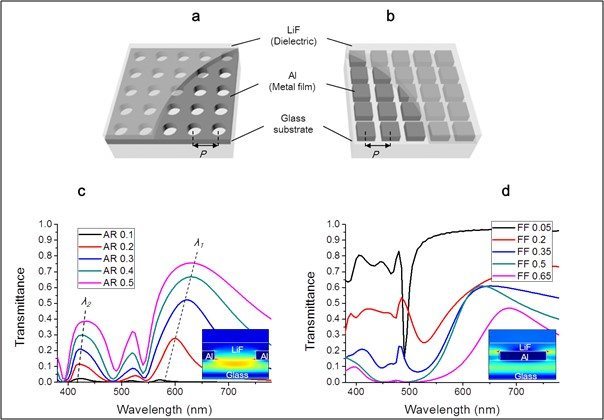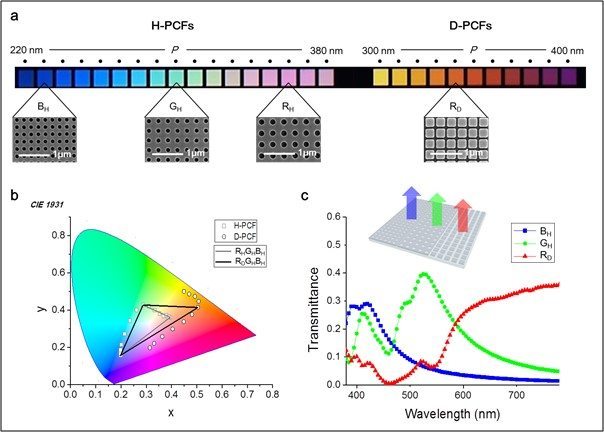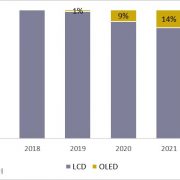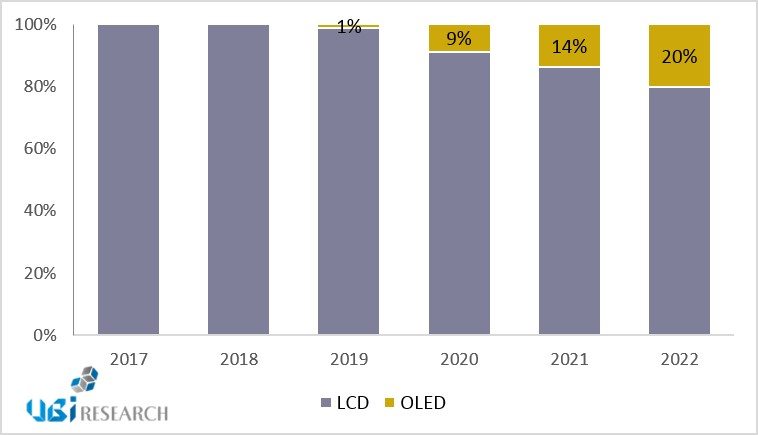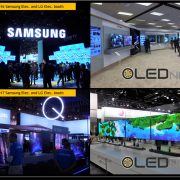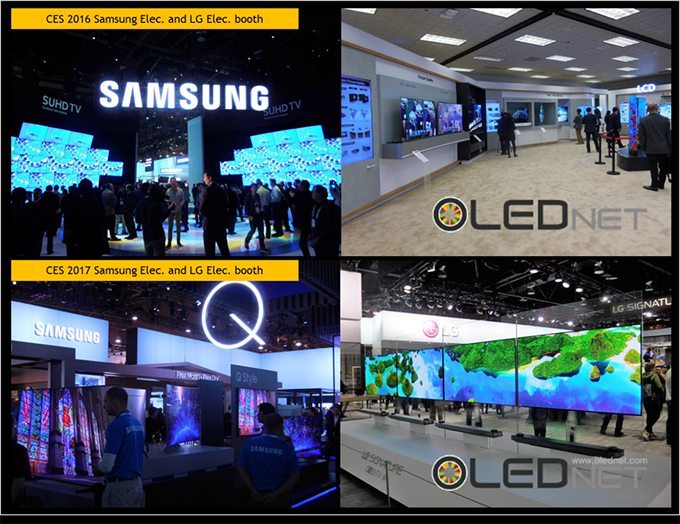[MWC 2017] Samsung Electronics Expands Its Range into the Notebook Market with AMOLED Galaxy book
Samsung Electronics is expected to expand its range into the note book market by launching the Galaxy book that features an AMOLED display.
At MWC 2017 that began from February 27 in Barcelona, Spain, Samsung Electronics mainly unveiled the Galaxy book with a 12-inch FHD AMOLED panel and the Galaxy tap S3 with a 9.7-inch QXGA AMOLED panel.
Galaxy book and Galaxy tap S3 have both functions of tablet PC and notebook with mobile keyboard, and especially the Galaxy book comes with 7th Generation Intel®CoreTM i5 dual core 3.1 GHz CPU and Windows 10 OS, which enables it to have the same configuration as notebook. In particular, it includes more convenient and diverse functions such asthe touch screen and the innovative S Pen that has a 0.7mm pen tip, offering user convenience.
Samsung Electronics announced it will target both tablet PC and notebook markets at the same time by launching Galaxy book, and a Burn-in phenomenon which is AMOLED panel’s weak point has been improved to be used for notebook.
Due to the Burn-in phenomenon, it was difficult to be applied to the PC environment that usually uses White background and fixed task bar, and icons. However, Samsung Electronics is expected to silence controversy by launching the Galaxy book with notebook functions at MWC 2017, following Lenovo and HP’s AMOLED panel launches.
Galaxy book will be released starting from North America in April 2017, and the price will be around US$ 1,000 similar to that of existing notebooks, which is forecast to bring a big change to the notebook market.
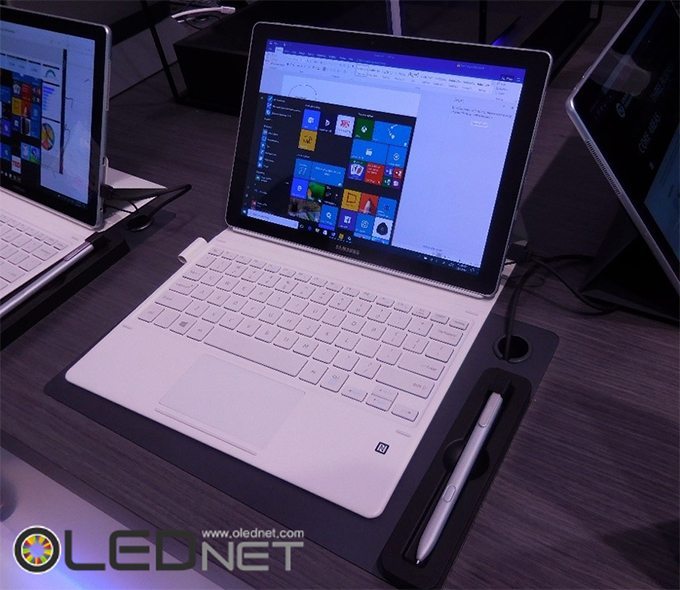
<Galaxy book unveiled by Samsung Electronics at MWC 2017>
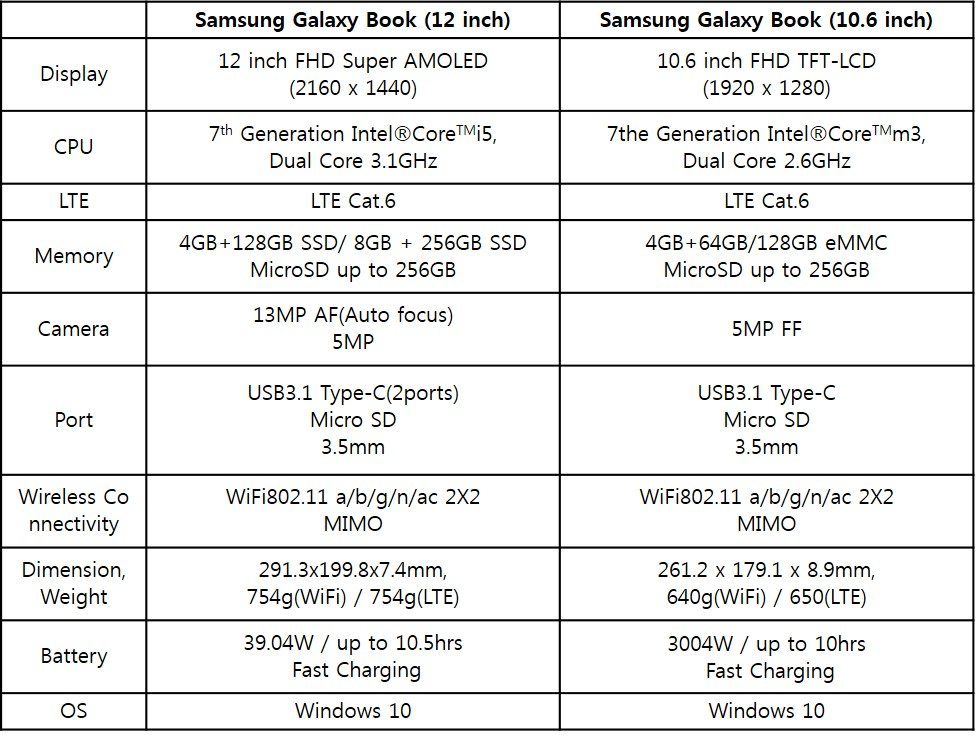
<Galaxy book Specifications, Source : Samsung Electronics Blog>

